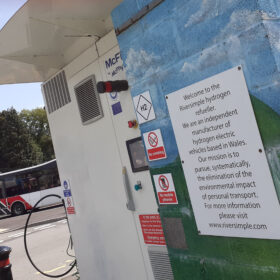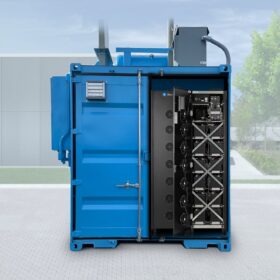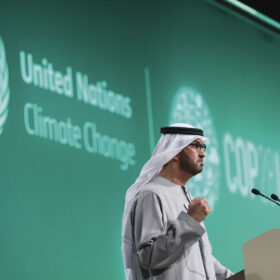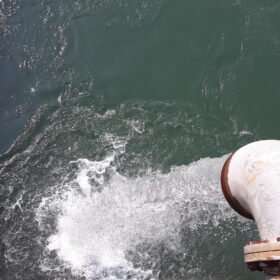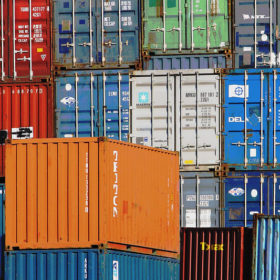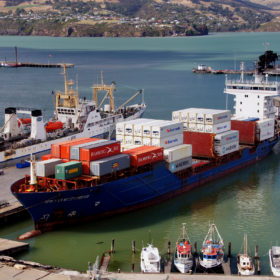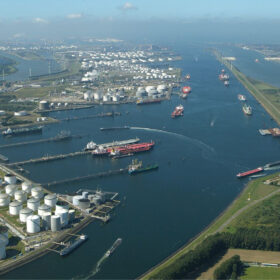Australian communities push back against big renewables
As the Australian authorities launch rolling tenders for 32 GW of renewables and storage by 2030, it has become clear that some communities, including locals around pv magazine reporter Bella Peacock’s hometown, have not been brought onside. Heated debate on social media and a frenzy stoked by concerns about the impact on the natural environment are throwing up hurdles for renewables development.
When nano- meets climate technology
The use of metal-organic frameworks (MOFs) to create nanoscale crystal structures to attract hydrogen molecules could drastically improve the energy efficiency of storing and transporting the energy carrier.
Who maintains the chargers?
While much of the focus on electric vehicle (EV) charging infrastructure focuses on volume, what about quality? And who is going to maintain a multi-million strong fleet of EV chargers?
Weekend Read. COP: A solar flop?
Tripling clean energy generation capacity to 11 TW by 2030 was a leading pledge from the United Nations’ (UN) climate change conference in Dubai. With few details about infrastructure and energy storage and no clear PV targets, however, it is hard to judge the effectiveness of the 28th global Conference of the Parties (COP) meeting. Angela Skujins considers possible impacts for the solar industry.
Green hydrogen and its water use problem
The climate crisis threatens water management and the water crisis in Montevideo, Uruguay, in 2023 illustrates the damage new industrial projects could cause if not thoroughly assessed. With green hydrogen projects gaining international prominence, it is vital they are properly planned.
Weekend Read: Famine to feast – China’s solar market in 2023
China’s solar industry rebounded in 2023 after years of pandemic-related sluggishness. As the year draws to a close, pv magazine looks back at key highlights of 2023 and considers the prospects for 2024.
Empirical approach shows PV is getting cheaper than all the forecasters expect
With the consistently unambitious forecasts for solar trotted out by entities such as the International Energy Agency (IEA) now a matter of record, a German risk management company has tried to predict more realistic figures for 2030 and beyond.
The solar module surplus: EUPD Research considers Europe’s warehouse woes
As solar module prices continue to drop to record lows, amid global oversupply, questions are being asked about how much inventory is sitting in European warehouses and when normal levels will return. With numerous estimates and assumptions swirling, EUPD Research’s Markus A.W. Hoehner and Ali Arfa have looked closely at the numbers in an attempt to provide a transparent view of the issue.
Bridging the gaps
The collapse of module prices in 2023 has fueled speculation around just how much PV supply is held in European warehouses. How big the stockpile is depends on who you ask but such a broad spectrum of opinion shows there is room for improvement in how the solar industry shares data.
Europe should produce its own green hydrogen
As the cost of generating clean energy continues to fall, producing green hydrogen in Europe, rather than importing it from Africa – with all the transport costs and raised carbon footprint that would entail – is beginning to look like an increasingly viable option.

